Photographs: James Akena/Reuters
Out of more than 600 districts of the country, more than 177 districts have been declared as drought-hit till now. These districts are mostly in eight states, including Bihar, Uttar Pradesh, Jharkhand, Maharashtra, Himachal Pradesh, Assam and Manipur.
So what is the reason behind this alarming situation? Blame it on the weather phenomenon called El Nino. And it's not just India, countries across the world will enter a rough and dry patch.
This may also be the second-strongest El Nino after 1998. El Nino winds bring drastic changes in the weather pattern, which will hit the agriculture sector.
With a fall in the level of food stocks and rise in prices, many people across the world will be pushed to starvation. Many countries -- including India -- will see a fall in gross domestic product (GDP) with the dry spell cutting down agricultural production.
Earlier predictions said it would be a mild to moderate El Nino, but now it has been revised to 'moderate to strong'.
An El Nino event has begun in the tropical Pacific. These conditions are very likely to continue at least through the rest of 2009 and probably into the first quarter of 2010, according to the World Meteorological Organisation (WMO).
What is El-Nino and how does it affect the economy? Find out...
El Nino and its impact on the economy
Image: El Nino makes sea water warmer.The name El Nino means 'the little boy' in Spanish. It got its name from Peruvian fishermen, who found that warmer sea temperatures affected their catch during winter. El Nino is usually noticed around in the Pacific Ocean off the west coast of South America.
El-Nino is associated with floods, droughts, and other disturbances across the world, though not all areas are very badly affected.
It is the most prominent known source of inter-annual variability in climate around the world (about 3 to 8 years). It has signatures in the Pacific, Atlantic and Indian Oceans.
El Nino is a change in ocean temperatures and atmospheric conditions in the tropical Pacific Ocean and it disrupts global weather. These winds and phenomena are not really well understood: they affect South America primarily, but have drastic impacts on weather patterns all over the globe.
El Nino and its impact on the economy
Image: A man walks through a dried up dam after he collected firewood in Gondang village of East Java province.Photographs: Sigit Pamungkas/Reuters
El Nino is characterised by an unusual warming of the sea water in the tropical Pacific Ocean. This results in a rise in warm air, changes in the air pressure patterns and shifts in the high-level winds that in turn affect the weather.
The El Nino will see increased drought in Africa, India and Australia, heavier rainfall in South America, extreme weather in Britain, including warm and cold spells.
El Nino and its impact on the economy
Image: A man walks through the parched banks of Sukhana Lake in Chandigarh on May 19, 2009.Photographs: Ajay Verma/Reuters
India is already feeling the heat of the El Nino. The phenomenon has delayed the monsoon in India. This will lead to a severe drought in India. It is also likely to make the next year (2010) one of the hottest years so far.
How Indian economy will be hit
India's economy is hugely dependent on agriculture, which in turn depends on rainfall. The June-September monsoon provides about 80 per cent of the annual rainfall in India.
Agriculture, which accounts for about 17 per cent of India's gross domestic product (GDP) will be severely hit due to the drought. The production of rice, sugar and soyabean are already badly hit.
The developments are a matter of great concern for states like Bihar, Uttar Pradesh, Haryana and Rajasthan. These regions have been hit hard and do not benefit from the reverse monsoon or the north-east monsoon.
About 65 per cent of the sown area would bear the brunt of the drought. The fall in monsoon will also hit the already power-starved nation as the water levels in almost all reservoirs have fallen below their 10-year average.
The government's Food Security Act, which plans to offer 'food for all' for prices as low as Rs 2-3 for rice and wheat could also be hit as food stocks get depleted faster than expected.
A fall in food stocks has already led to exorbitant prices. As a result, many essential commodities are now out of the common man's reach.
El Nino and its impact on the economy
Image: Farmers harvest rice north of Manila.Photographs: Darren Whiteside/Reuters
The impact on food production could be disastrous. El Nino hits revenues, and employment in agriculture, a range of other industries and sectors that depend on the weather. It would directly hit food, water supplies and other commodities.
Food grains and soybeans production in China, sugar, rice yield in India, coconut production in the Philippines, coffee, palm oil production in Indonesia and Vietnam will be impacted.
India, Australia, Southeast Asia especially the Philippines and Indonesia, southern Africa and Central America will be hit the most. Australia, one of the leading wheat exporters, recovering from its worst drought, will be hit again.
El Nino's impact in the US is weak during summer, it will strengthen during late fall and winter.
The earlier El Ninos have devastated many economies. The total economic impact of the 1997-1998 El Nino in the US was estimated to be around $25 billion.
In1997-98, the El Nino caused major droughts, floods and forest fires in South-east Asia. The change in the global climate caused havoc with soaring food prices. The production of staple crops such as wheat, rice and sugar were hit hard.
El Nino and its impact on the economy
Image: A resident walks next to a damaged house after Hurricane Ike hit the Golf of Mexico in in September, 2008.Photographs: Carlos Barria/Reuters
El Nino has a few positive aspects. Due to the change in wind patterns, a hurricane formation in the Atlantic will be prevented. This in turn will help oil production facilities in the Gulf of Mexico, bringing down the probability of an oil price hike.
This will also help orange, sugar cane, coffee and cotton plantations in Mexico, Cuba, Jamaica and the southern United States.
El Nino usually brings a warm winter to the northern USA. Warm winters would reduce energy consumption, which is another positive impact of the El Nino.
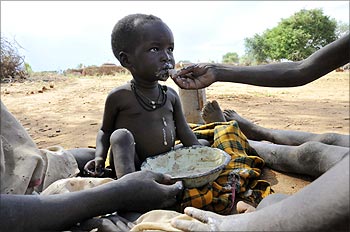

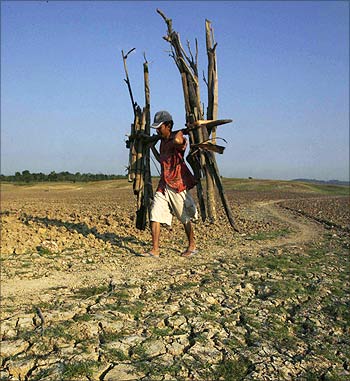
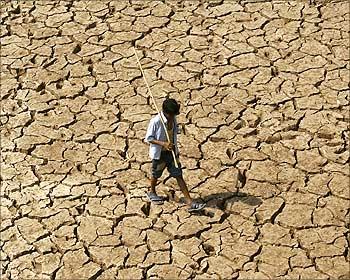
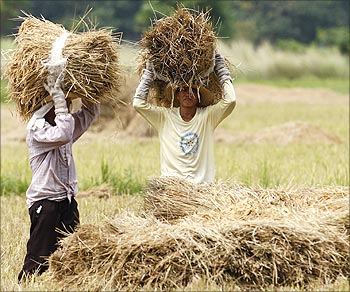
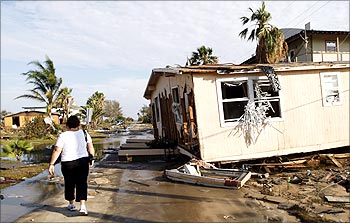
article